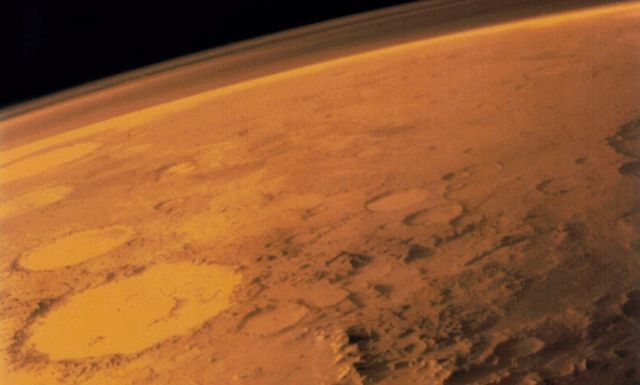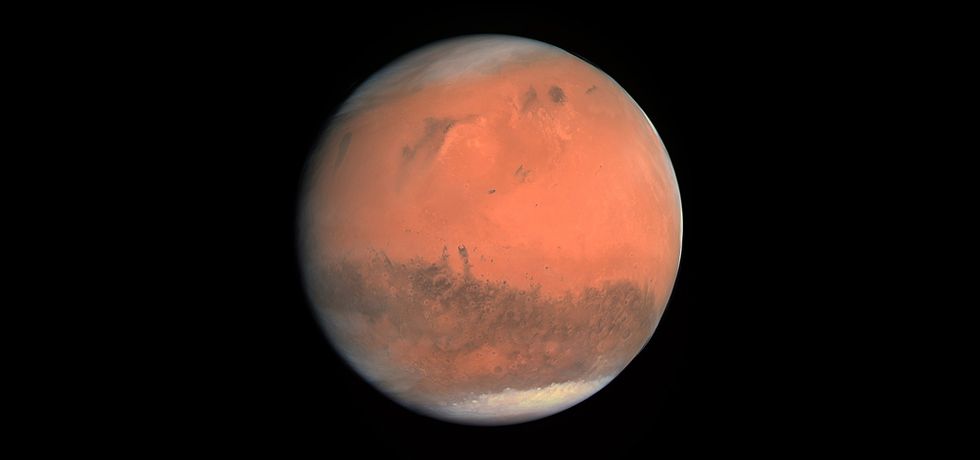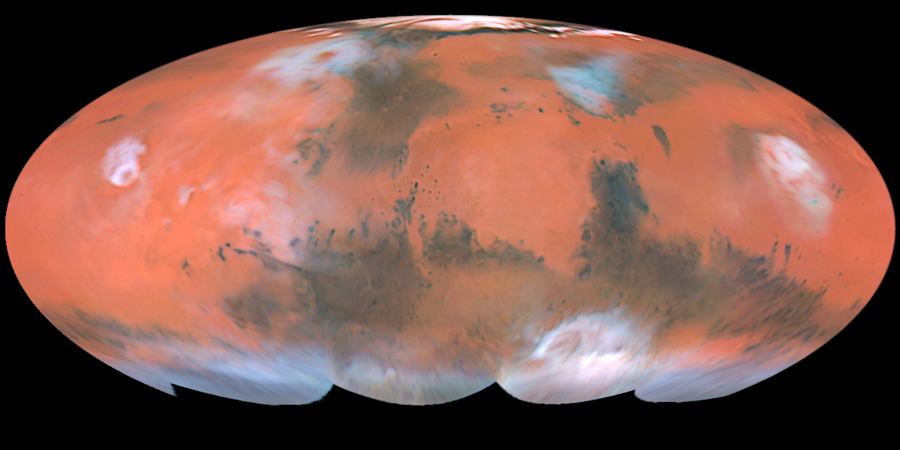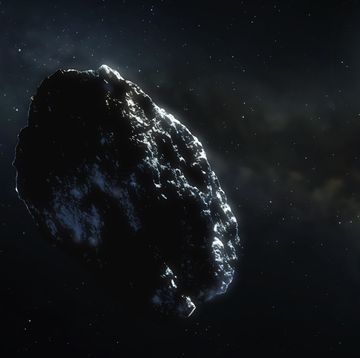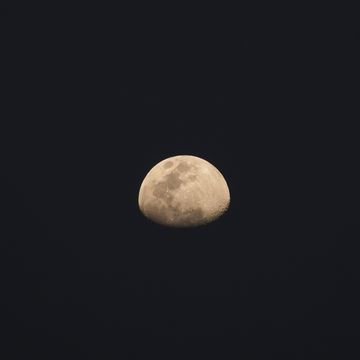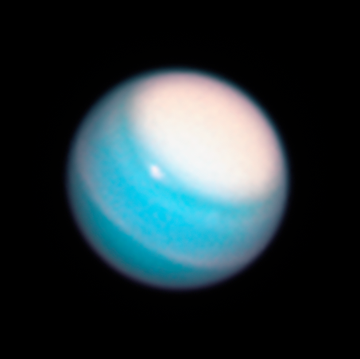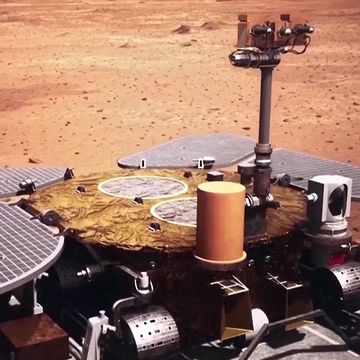The best opportunity to launch spacecraft to Mars comes around once every 26 months, when the planets align in the best possible way. That opportunity is coming in July/August 2020. More spacecraft will be launched to Mars during the 2020 launch window than at any one time before, all of them arriving in February 2021. It's exciting to be sure, as countries and private companies around the world seek to reach the Red Planet, but it creates a problem for NASA: How to direct, control and communicate with all these spacecraft and, more importantly, prevent them from slamming into one another.
Europe and China are both planning Mars rovers in 2020, with an additional lander from ESA and accompanying orbiter and lander from CNSA. India is launching its second orbiter to the Red Planet, and ISRO is considering a lander and/or rover as well. The UAE is planning an orbiter to become the first Arab spacecraft at Mars. SpaceX wants to launch a Dragon capsule to Mars in 2020, and of course NASA has its Mars 2020 rover.
This new fleet will be joining eight currently-functioning spacecraft on Mars. Collisions are possible not just with each other, but also with the small moon Phobos that Mars continues to pull toward the surface. Fuk Li, Director for the Mars Exploration Directorate at JPL, told Aviation Week:
We are worried about our orbiters colliding with one another. We worry that some of them may collide with Phobos. If we get close together, or we project that they will get close together, we will alert all the missions and watch (the spacecraft) to see how they progress. Typically, we don't have to do anything over time. The concern resolves itself.
Orbital models predict possible collisions far enough in advance that usually, by the time the spacecraft actually approach each other, it's clear that they will safely pass by without incident. More spacecraft flying around Mars will certainly complicate things, but the bigger problem might be managing communication with all the craft.
NASA's Deep Space Network (DSN)—a series of radio dishes in California, Spain and Australia—handles most of the communication needs for everything beyond Earth orbit. Part of JPL, the DSN receives images, radar mapping, and mounds of other data from spacecraft not just at Mars, but also Cassini at Saturn, New Horizons beyond Pluto, and even the long-lived Voyager spacecraft. Many of these distant craft require precisely timed navigation commands to alter their orbits or avoid debris, all sent hours in advance to allow the signals to make the trip at light speed.
When the fleet of Mars craft arrive in 2021, they are all going to be converging on the same area, and most of the ships will be relying on NASA and the DSN to talk to Earth. It's going to be a challenge, but JPL is already preparing a plan to serve as air traffic control for the February 2021 descent on Mars.
"We will probably need an extraordinarily large share of DSN support for those activities, and it will require several years of planning," James Watzin, NASA's Mars Exploration Program director, said at a recent Mars Exploration Program Analysis Group (Mepag) meeting. "So we are preparing an efficient plan for handling it. That is what we are starting to build on right now. I think it's all doable, but it's certainly going to be very challenging."
The bottom line is that some of these Mars missions launched in 2020 are probably not going to make it. Missions to Mars already have a high failure rate, a problem facetiously attributed to the Great Galactic Ghoul that eats human spacecraft. With as many as 10 new craft arriving at Mars at the same time, it's hard to imagine that the Ghoul isn't going to get another meal.
Source: Aviation Week

Jay Bennett is the associate editor of PopularMechanics.com. He has also written for Smithsonian, Popular Science and Outside Magazine.
